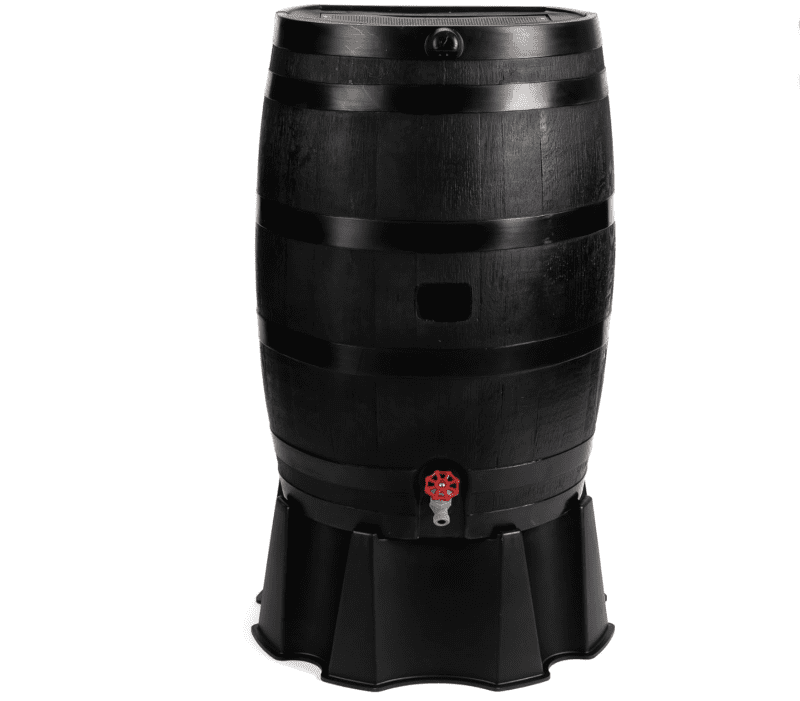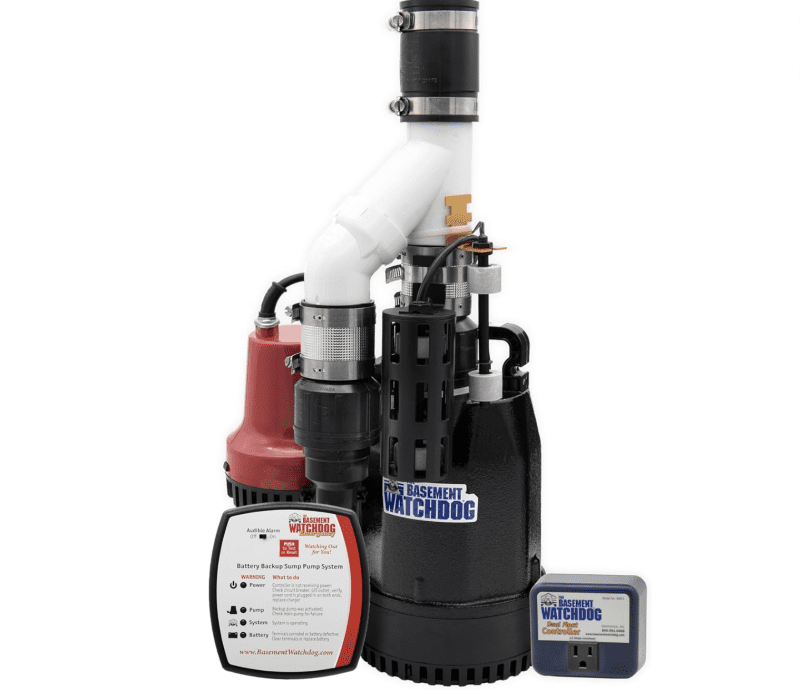Too much water pooling around your home’s foundation can lead to leaks, rising damp, and flooding. Worse than that, the earth under your home could start to sink, causing uplift and severe structural damage. If you’ve started to notice puddles around your home’s foundation, it could be time to start looking into ways of diverting water away.
Fortunately, there are several ways to protect your foundation from water damage and keep your property dry and safe. Here are 10 solutions that can be used alone or also as a team to protect your home.
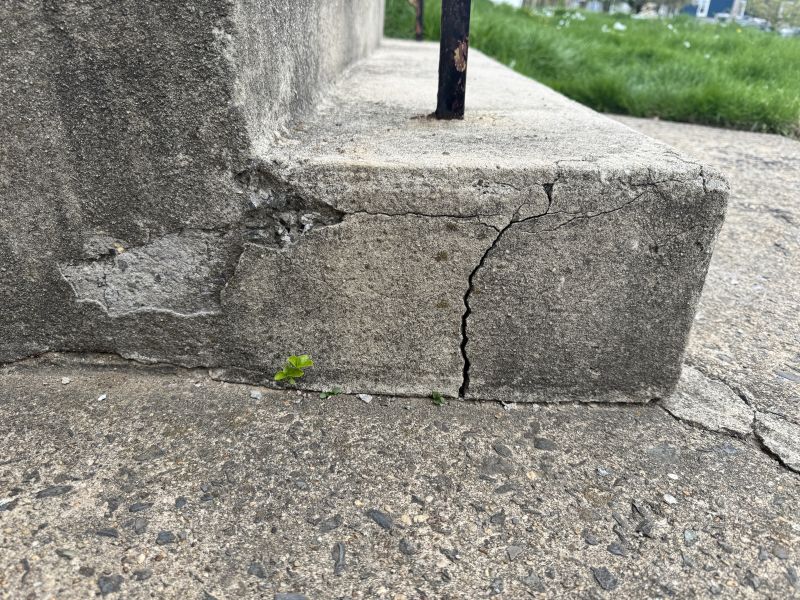
Gutters
First of all, make sure that your gutters aren’t to blame for the water pooling around your home’s foundation. Your gutters carry out the important job of directing rainwater away from your roof and into the drain via a downspout. If your gutters get blocked or damaged, water can end up spilling over the sides or through cracks. Then it will end up pooling around the base of your home.
If you suspect that your gutters are clogged or broken, consider looking for a professional company that can clean and repair gutters near you. You may be able to climb on a ladder and manually clean out your gutters yourself, however repairs are best left to the experts. And never climb a ladder if you are alone or not confident about using one.
Rain barrels
Instead of directing water from your roof into a drain, it’s possible to direct it into a rain barrel. The water in this barrel can be used for gardening purposes or even filtered and purified for household use. This could help to put an end to eye-wateringly expensive water bills by cutting your mains water usage. If your drains are also prone to flooding, collecting water in a rain barrel can also help reduce demand on drains. It also can potentially prevent them from overflowing. You can set up a rain barrel yourself or hire a gutter company to help you.
Grading
When building a driveway or a patio, it’s a good idea to incorporate a gradual slope leading away from your home. This is known as grading. It can help to prevent water pooling on your patio or driveway. In addition it can prevent seeping into your home’s foundation. Your driveway or patio should hopefully already be graded. If not, you may have to consider relaying them with a slope. Hire a trusted driveway or patio installation company to do this.
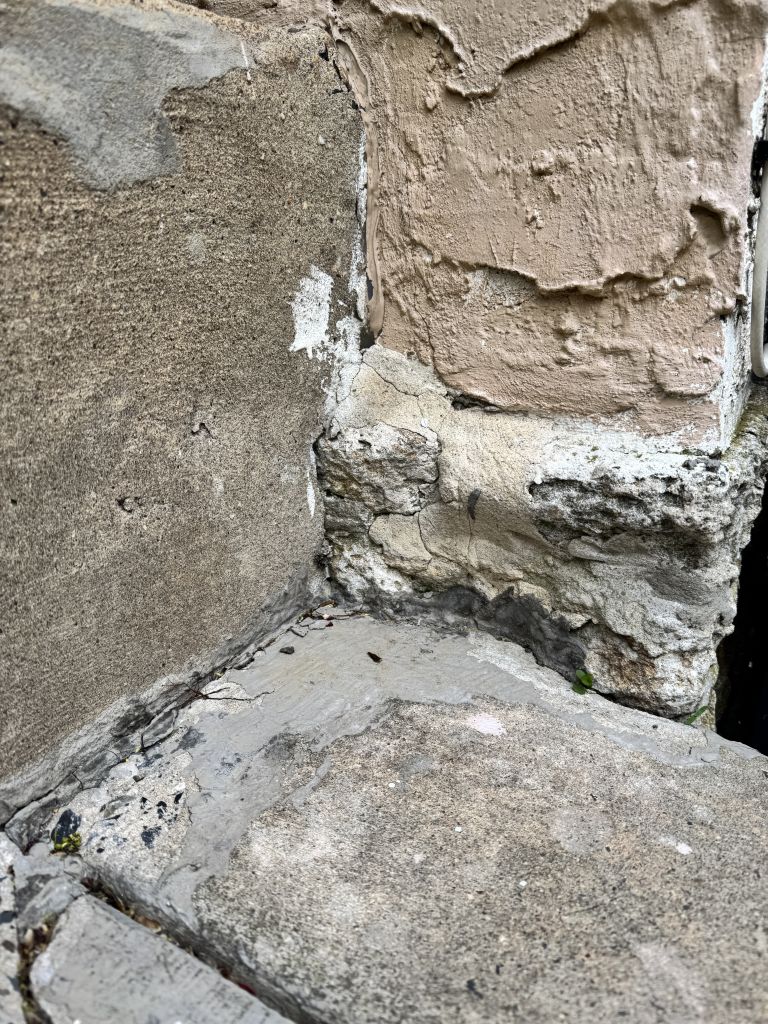
French drains
French drains are also an effective barrier against flooding. They consist of a trench that is filled with gravel. At the bottom of this trench is a perforated pipe. In the event of a flood, water should reach the trench and seep down through the gravel, where it then collects in the pipe and is diverted away. It’s best to build French drains 4 to 8 feet away from your home’s foundation. Landscaping companies or drainage contractors can help build a French drain for you.
Swales
Like French drains, swales consist of a trench that diverts water away. However, swales contain grass and vegetation instead of gravel and a pipe. Water flows down the channel while also feeding the plants in the trench. Swales are best built at the bottom of a slope away from your foundation. You can dig these out yourself or hire a landscaper to dig them for you.
Catch basins
Catch basins are another popular way to divert floodwater from a home’s foundation. They consist of a grill over a pipe in the ground. Water falls through the grill into the pipe and is diverted away (either to a sewage system, river or other area). You’ll commonly find catch basins on roads or sidewalks, however they can also be used around properties on driveways or on patios. You’ll typically need to hire a drainage contractor to install a catch basin.
Soakaways
A soakaway is a unique drainage system that involves building a pit under the ground into which water is diverted via a trench or a manhole. The pit is filled with specially-designed plastic crates which the water slowly seeps through before gradually ‘soaking away’ into the earth below. Soakaways are an effective way to combat flooding away from a home’s foundation but they do require significant excavation and upheaval to build. If you experience regular flooding in your backyard and are worried about your foundation, it could be worthwhile investing in a soakaway. In addition, a specialist landscaping company should be able to install one for you.
Sump pumps
Does your basement often get flooded? If you don’t already have one installed, a sump pump could be worth installing to not only protect your basement but also protect your foundation. Constructing a sump pump involves building a put under your basement. When your basement floods, water drains into this pit. The pit is connected to a pipe, which is connected to your home’s drains. Using a pump, you can then siphon the water out of your basement and into your drainage system. If your drains also tend to get flooded, it may be possible to pump this water elsewhere such as a dry well or soakaway.
Permeable surfaces
Paved surfaces tend not to offer much drainage. However, there is the option of permeable surfaces. Beyond just limiting the paving, there are specifically designed paving that allows water to soak through. It can take many forms including previous concrete, loose gravel, resin-bound gravel, porous asphalt or pavers with gaps in between filled with grass or gravel. It’s best to install permeable paving several feet away from your home’s foundation. You’ll need to look for a specialist landscaping company that has experience with this type of paving.
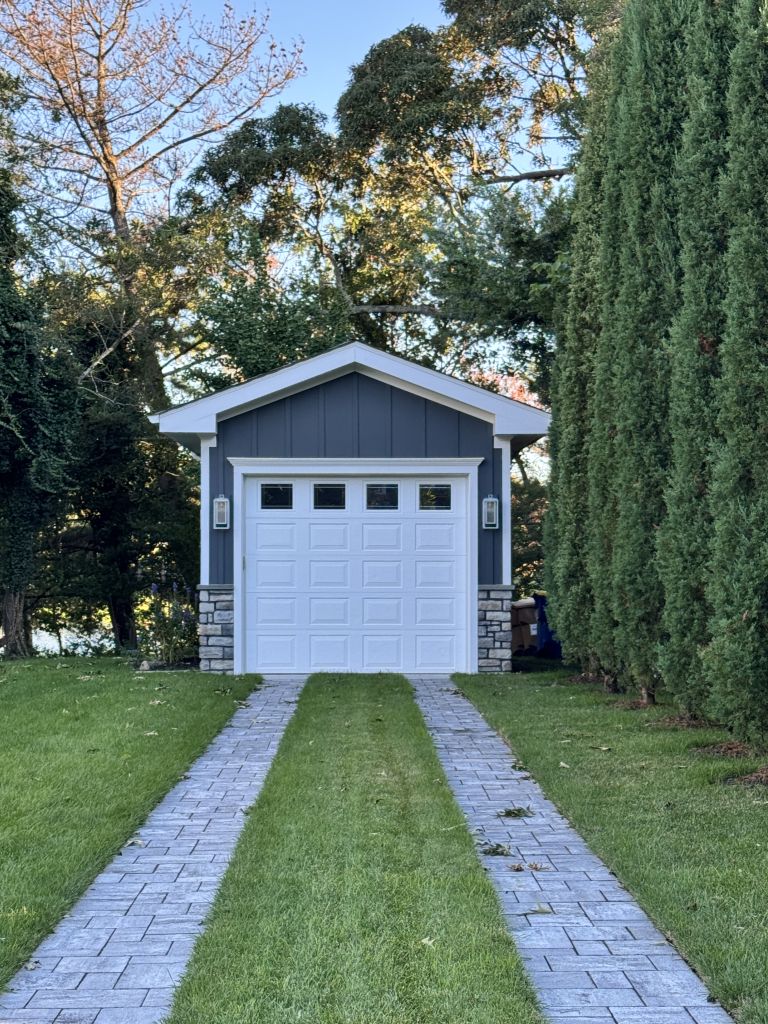
Rain gardens
Creating a rain garden involves setting up a pond or marshy area for rain to naturally drain away into (typically located in the lowest part of a backyard). Water can be diverted into this rain garden using slopes, swales or french drains. You may even be able to arrange rocks in a way that allows water to cascade over them in a waterfall effect. This turns your yard’s drainage system into an attractive outdoor feature. Rain gardens are recommended in sloped gardens, but may not be possible in a flat garden without excavating and creating an artificial slope. And it keeps your home’s foundation drier.
